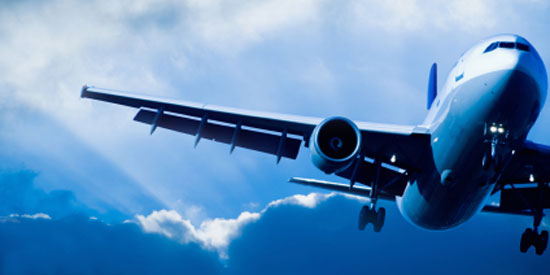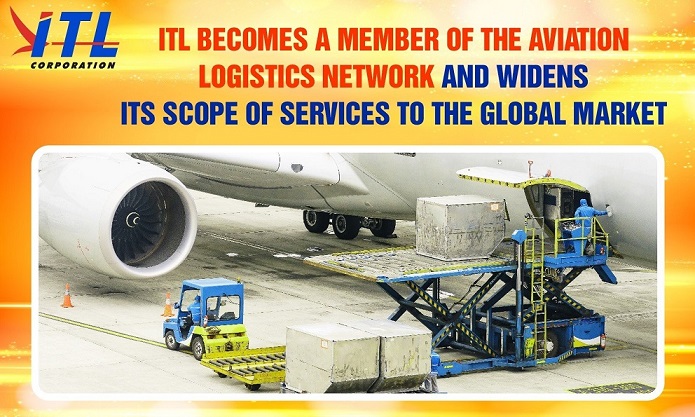20
04/17
Aviation Safety
LSA Engine Safety
Aircraft engines these days come in a lot more flavors and configurations than they used to, thanks largely to the advent of two forms of alternative aviation: most recently, the light sport aircraft (LSA) market and, much earlier, the 1990s surge in experimental/amateur kit-built aircraft. Where some of the more-popular experimental designs and several legacy-S-LSA models employ familiar powerplants, the majority fly with engines from BRP-Rotax in Austria, HKS in Japan and Jabiru in Australia. Who are these companies and what’s their track record in making flying-machine engines? How do they compare to the "traditional," FAA-certified offerings from Continental and Lycoming? Who sets the standards? And what’s their safety record? These newer engines can spur concerns among ardent fans of the familiar, tried-and-true air-cooled flat aircraft engines from Textron Lycoming and Teledyne Continental Motors. Often, it seems, those concerns grow out of unfamiliarity. The differences in care and feeding and in systems fuels debates about their reliability and, in turn, safety of the newer engines.
The Problem With Flight Training
A catchall phrase, pilot error, is assigned either as a broad cause or a factor in upwards of 90 percent of general aviation accidents. But pilot error comes in two distinctly different flavors: tactical errors, which can be attributed directly to a pilot’s chosen behavior; and operational errors, which can be traced back to instructional errors or omissions committed during flight training. Little usually can be done to eliminate tactical errors made by those who intentionally ignore safe flying practices. The foundation for operational errors, on the other hand, is laid and even reinforced during the transfer of knowledge between aviation educators and their pupils. So suppose that as a result of the aviation education system itself, the pilot never received the appropriate knowledge and skill to handle a particular situation? Or suppose as a result of the pilot’s training, the probability is near zero that the pilot can or will choose a suitable course of action? How can we then blame the pilot for committing the error? Take the typical stall training conducted to satisfy the FAA’s Practical Test Standards, for instance. The emphasis is placed on detailed procedures used to configure for, perform and exit a couple of specific types of stalls. Treated as an independent maneuver unto itself, the whole ordeal is often enveloped in unnecessary melodrama as well. The actual lessons learned, however, are fear and a false association between the stall and slow airspeed.


Taxi Smack
Driving the airplane to and from the runway is a piece of cake, right? Not for the dozens who prang something each year. Many pilots appear to have the attitude that a flight begins with takeoff and ends when the airplane departs the runway after the landing roll. However, ground operations certainly cause their share of grief. While many taxi accidents are unavoidable, such as during bush operations, the majority fall into categories that can only be described as stupid human tricks.
Thou Shalt Not
The most-violated FARs are sometimes true safety problems, sometimes merely legal ones. Sometimes you look at an FAR and have to scratch your head. What, you ask yourself, can that possibly have to do with flight safety? The various rules, placards and limitations seem to be written more for the FAA’s lawyers than for pilots and their passengers.
Why Can’t We Land?
Hard landings, loss of control, runway overruns – is kissing pavement so hard? Landing accidents account for more than a third of all general aviation accidents. While landing accidents are not as likely to be fatal as other kinds of crashes – only 3 to 4 percent of fatal accidents are caused by poor landings – they are responsible for nearly 500 bent airplanes per year.
Flying a Fleet
Pilots who fly a variety of airplanes need some tricks to keep ’em straight. For the average owner/pilot, it’s not hard to stay knowledgeable about the systems and procedures of the airplane you’re flying. You fly not only the same make, model, and year, but the very same airplane every time you fly.
.jpg)
.jpg)














